Unlocking the potential of your website in search engine rankings requires a solid grasp of On-Page SEO. This comprehensive tutorial is designed for beginners looking to understand the foundational principles of On-Page SEO. Dive into the world of meta tags, headers, and content optimization to enhance your website’s visibility and user experience.
The Significance of On-Page SEO
Understanding the crucial role that On-Page SEO plays in optimizing your website for search engines is the first step toward boosting your online presence. On-Page SEO focuses on optimizing individual pages to improve their relevance, authority, and user-friendliness, directly impacting how search engines interpret and rank your content.
Meta Tags and Their Importance
- Title Tags:
- Craft compelling title tags that accurately represent your content and incorporate relevant keywords.
- Keep titles under 60 characters for optimal display in search results.
- Meta Descriptions:
- Write concise and engaging meta descriptions that encourage clicks and provide a brief overview of your content.
- Aim for 150-160 characters to ensure visibility in search results.
Header Tags for Structure and Readability
- H1 Tags:
- Utilize H1 tags for main headings, making them descriptive and incorporating primary keywords.
- Ensure a single H1 tag per page to maintain hierarchy.
- Subheadings (H2, H3, etc.):
- Implement subheadings to break down content and improve readability.
- Incorporate variations of your main keywords naturally within subheadings.
Optimizing Content for Search Engines
- Keyword Placement:
- Integrate targeted keywords naturally throughout your content, especially in the first paragraph.
- Use variations of keywords to maintain a natural flow.
- Content Length:
- Aim for comprehensive, in-depth content that thoroughly covers the topic.
- Balance length with value; prioritize quality over quantity.
Image Optimization Techniques
- Alt Text:
- Provide descriptive alt text for images, including relevant keywords.
- This improves accessibility and allows search engines to understand image content.
- File Names and Compression:
- Use descriptive file names for images, and compress files to improve page loading speed.
- Optimize images for both users and search engines.
Internal Linking Strategies
- Relevant Anchor Text:
- Use descriptive and relevant anchor text for internal links.
- Link to related content within your website to enhance user engagement and SEO.
- Strategic Link Placement:
- Place internal links naturally within the content where they add value.
- Guide users to relevant pages and improve overall site structure.
Conclusion:
Mastering the basics of On-Page SEO is a fundamental step in optimizing your website for search engines and improving user experience. By paying attention to meta tags, headers, content optimization, image techniques, and internal linking, you set the stage for higher search engine rankings and increased visibility.
Implement these On-Page SEO strategies consistently across your website, and monitor the results. Regularly assess and update your content to stay relevant to both users and search engines. On-Page SEO is a dynamic process, and by understanding and applying these principles, you pave the way for sustained online success. With each optimized page, you enhance your website’s potential to rank higher and attract a wider audience.

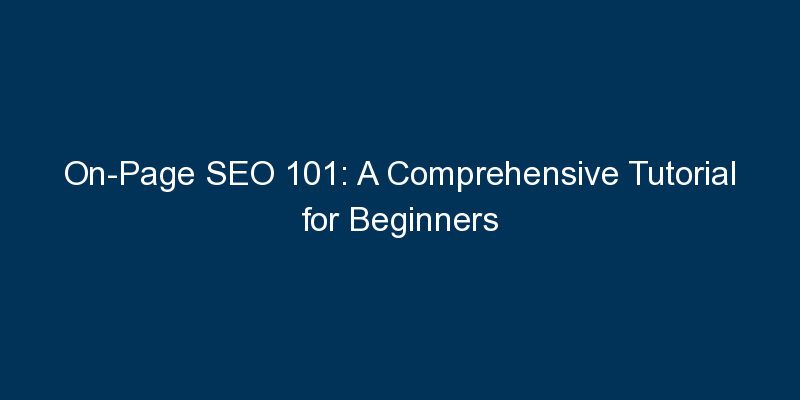

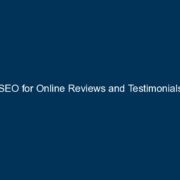
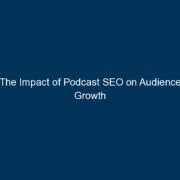

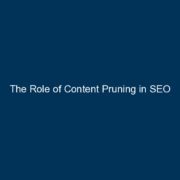


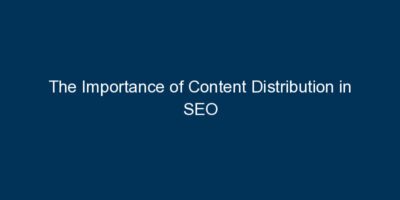
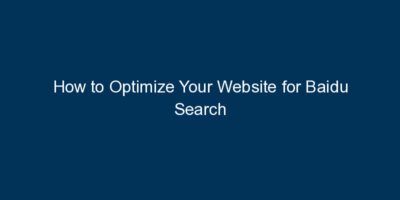
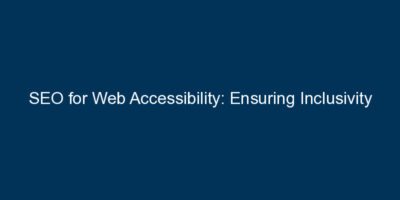

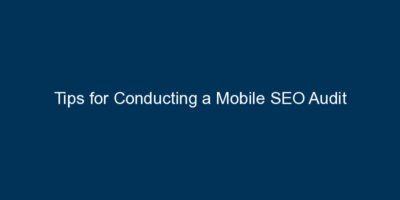
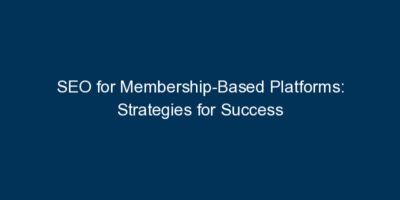








Comments